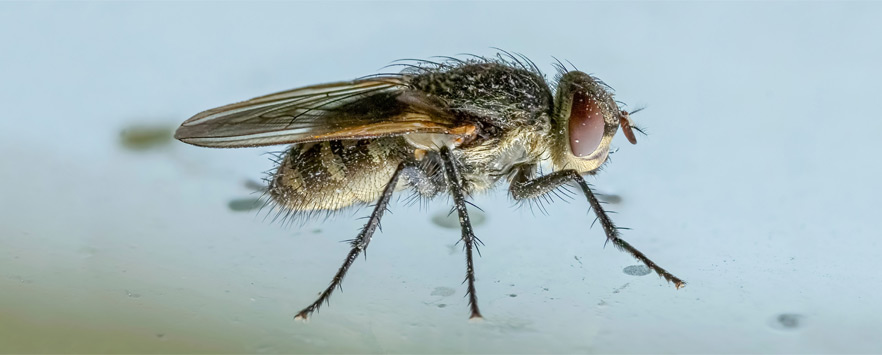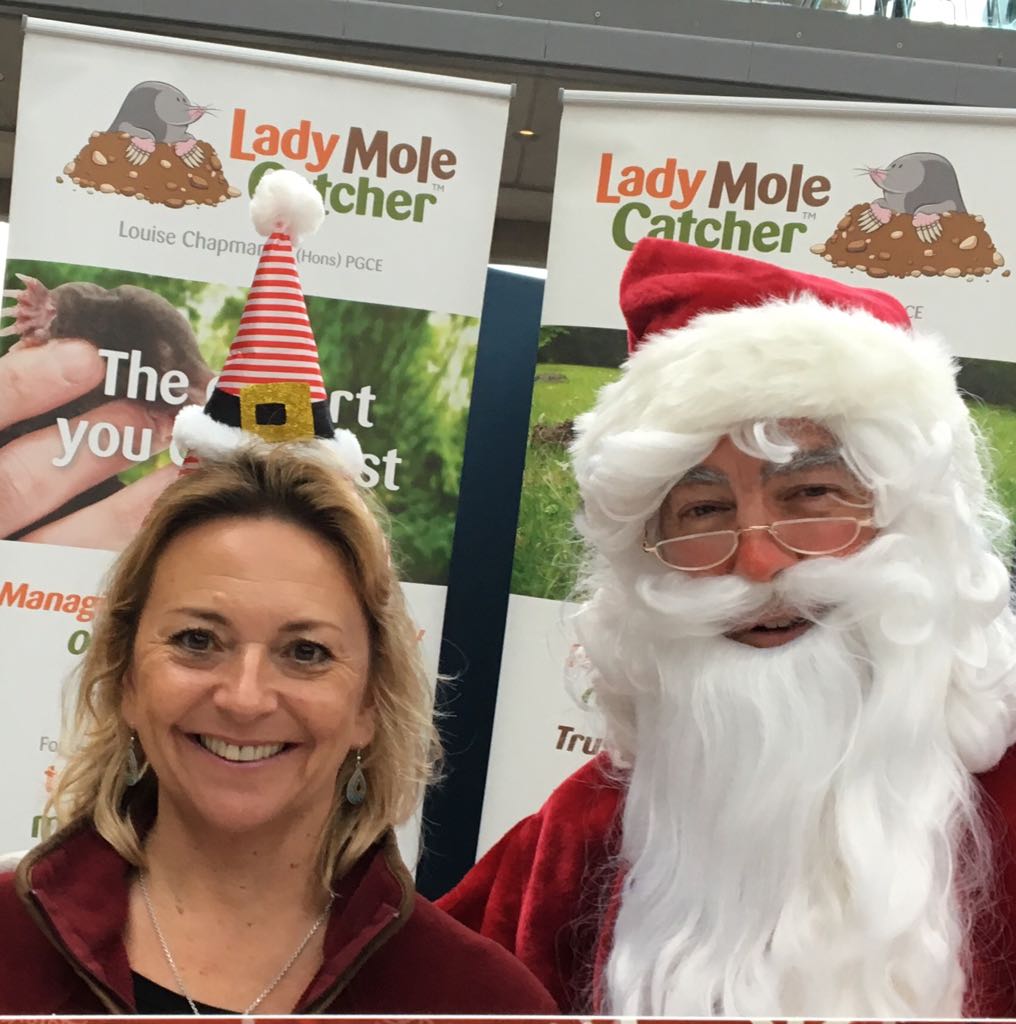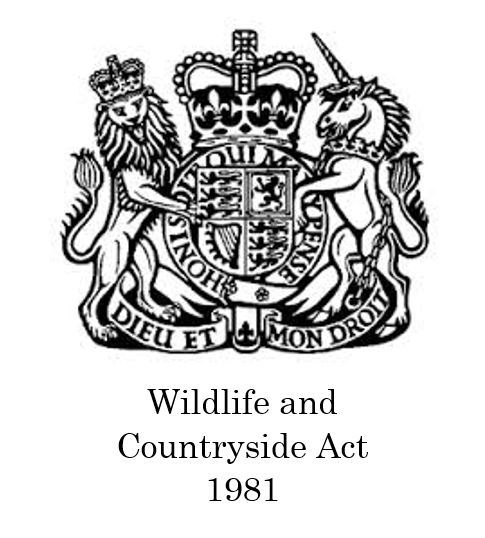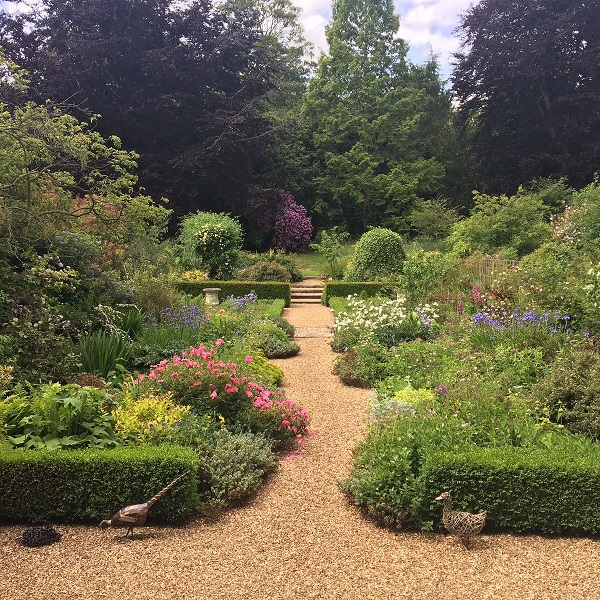Autumn Wildlife: Cluster Flies
As summer ends and the seasons change, wildlife which is usually confined to our gardens and fields start to look for warm places to survive during the autumn and winter months. Householders and business owners may notice evidence of the arrival of some unwelcome guests – including the Cluster Fly.
Often found in large numbers and in upper rooms or loft spaces, cluster flies have a habit of returning to the same location year after year unless their numbers are controlled.
Named due to their habit of forming ‘clusters’ when hibernating, cluster flies are also known as ‘attic flies’. During the summer, they live outdoors in rural or semi rural areas and lay their eggs in soil. When the temperature drops during late summer/autumn (August to November), cluster flies move indoors to find a safe place to hibernate. They like to crawl into small openings in walls or roofs and in large numbers, which makes them difficult to deal with.
The most common species of cluster fly is smaller than a house fly and is sluggish in flight. They are also identified by their distinctive stripes, short golden hairs and a mottled light/dark grey abdomen. Although cluster flies do not cause a health risk to humans, they can be a nuisance to householders and business owners. Once they find a suitable area for their hibernation, cluster flies will usually emit a pheromone to attract more of their species to the area. Before you know it, your attic, upper rooms or sash windows are infested – they can give off a sickly-smelling odour and leave excrement on walls and floors. Fitting fly screens are also a waste of time and money, as cluster flies can squeeze into very small gaps and in large numbers.
If cluster flies are causing problems in your area, get in touch with Louise to arrange for a site visit and no-obligation quote for treatment of the infestation. Call 01603 25 99 45 or 07876 14 11 53 or email louise@ladymolecatcher.co.uk





